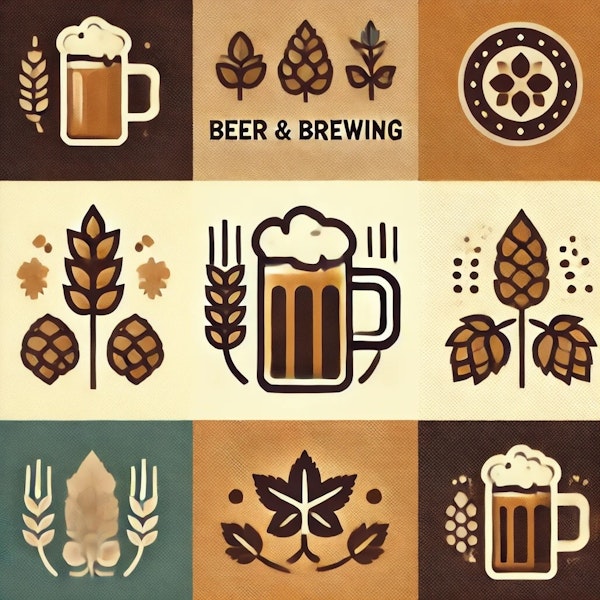
American Brown Ale is a classic of the early craft and homebrewing world, and in a perfect world, you’d have a great version of it on tap at all times.
In the strictest sense of the word, honey ales don’t have a “style.” In the 2015 BJCP Style Guidelines, they probably best fall into category 31B, Alternative Sugar Beer, assuming that honey is the only specialty ingredient used.
Brewing coffee beer isn’t hard—which isn’t to say that it’s as simple as throwing beans into the mash! Pick a good bean, incorporate it conscientiously, and you can turn almost any beer into a coffee beer. Here's a recipe for a coffee stout.
While some think of the Ordinary Bitter as nothing more than a bland, low-ABV, thin-bodied ale, at its best, it’s one of the better drinking beers around!
Updating your brewery can be one of the healthiest things you can do, says Josh Weikert, as he leads you on a walk-through of a prospective system-reboot process that will enable you to get the most out of the time you spend brewing.
It’s the second-largest ingredient in your beer by weight, and yet many brewers are content to keep uncritically plugging away at brewing with grains that were bred and designed to satisfy the needs of large breweries. That is beginning to change.
Lambics might be easier to get today than they were a generation ago, but they’re still definitely uncommon. Given that, why not brew your own take on the style?
This beer will be smooth in the mouth and features aggressive late and dry hopping, making it more of a “New School” (hence the name) American pale ale.
Brewing with extract doesn't mean sacrificing flavor. Rather than going heavy on the chocolate malts, this recipe spreads the wealth and includes healthy additions of light crystal, dark crystal, and more.
Josh Weikert dispels myths of brewing dogma because “the way it’s always been done” doesn’t always work for you.